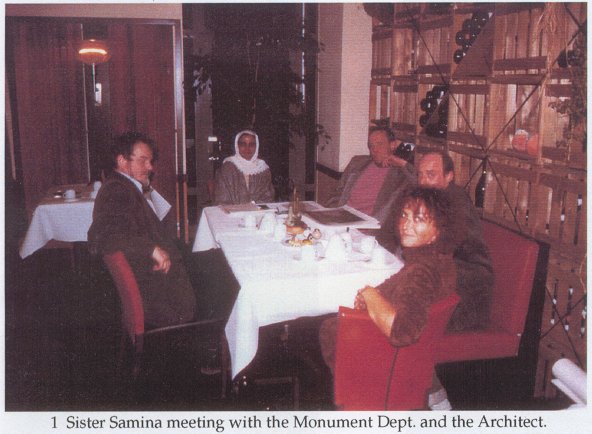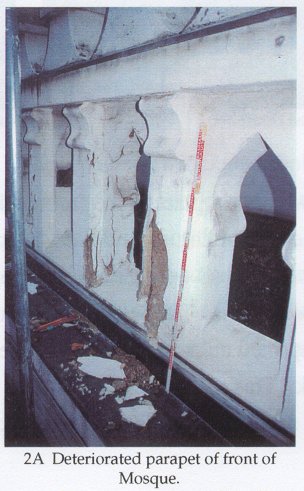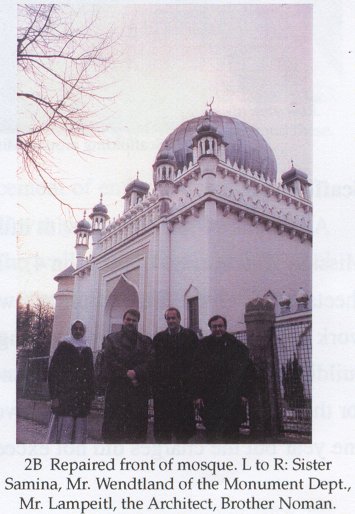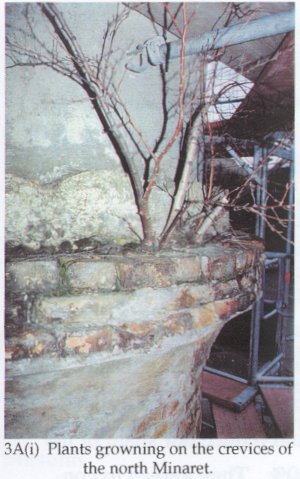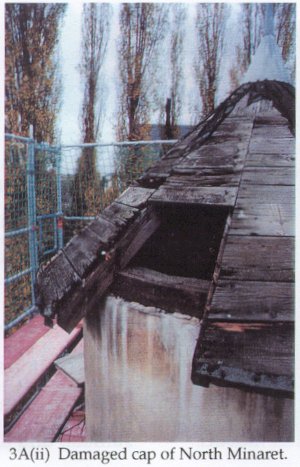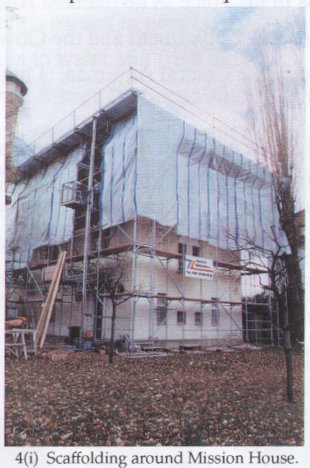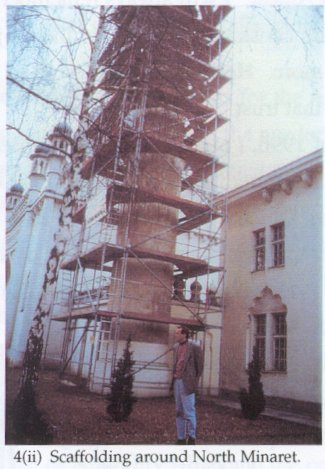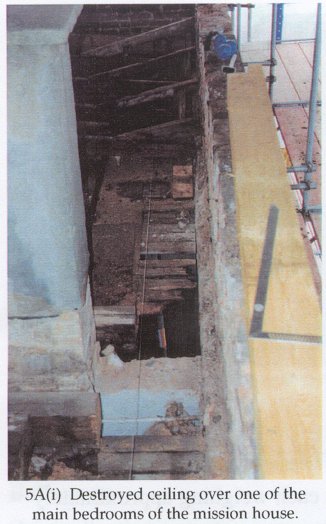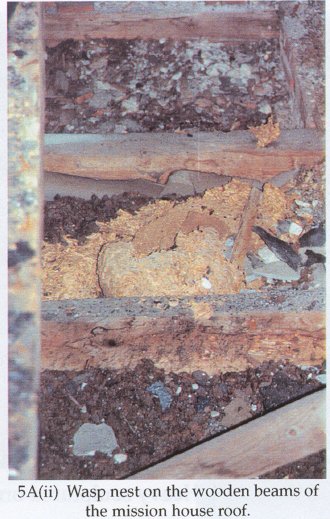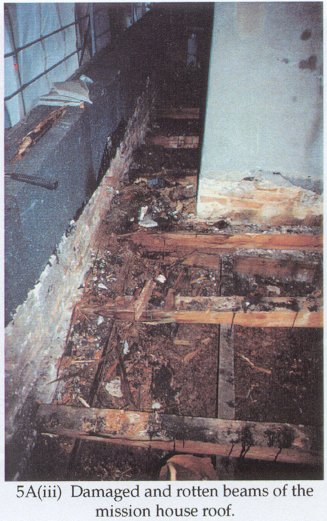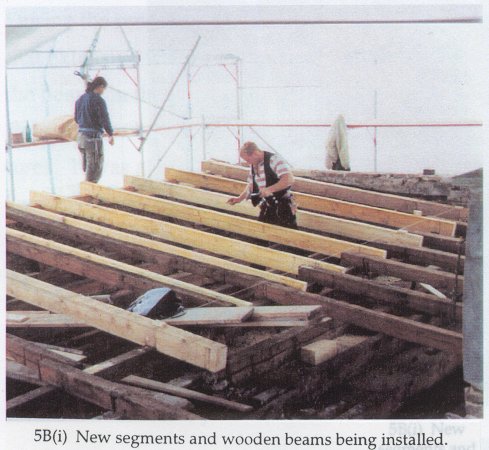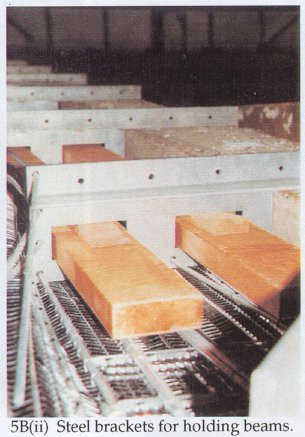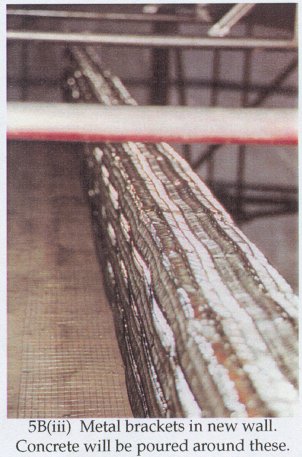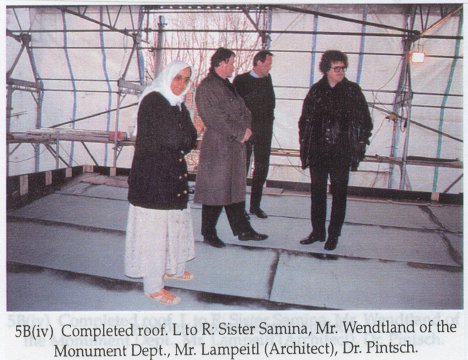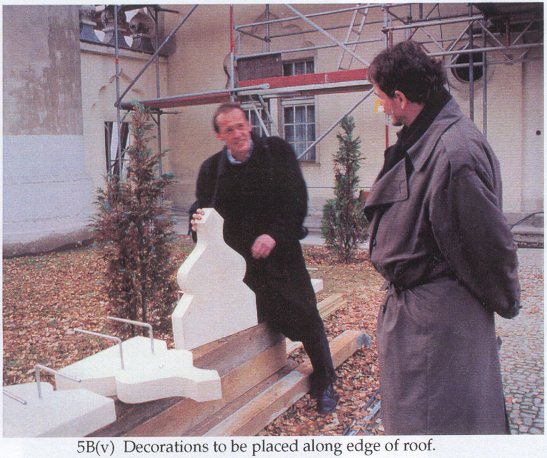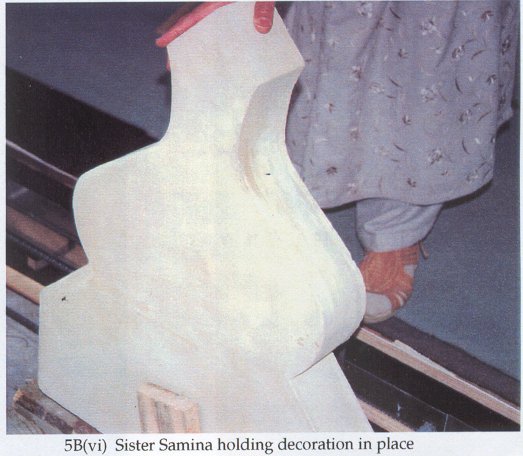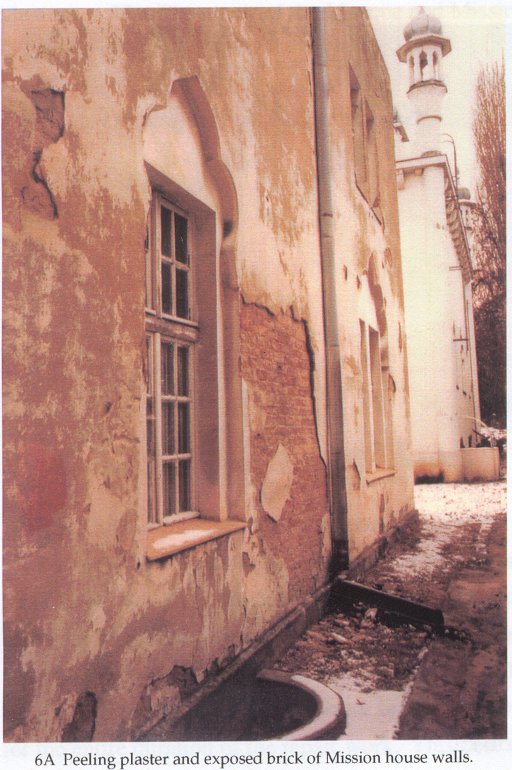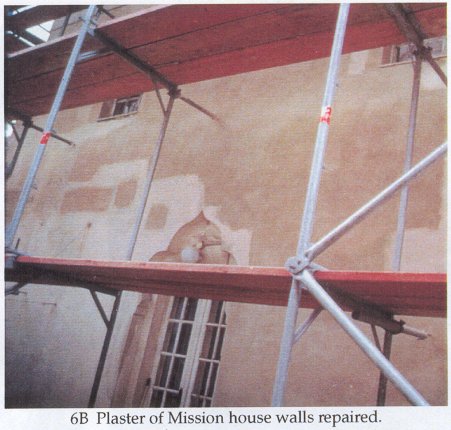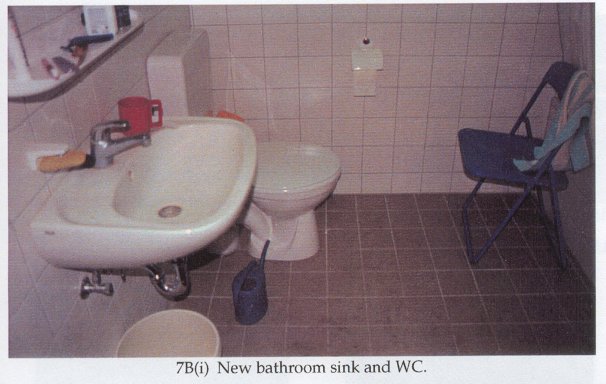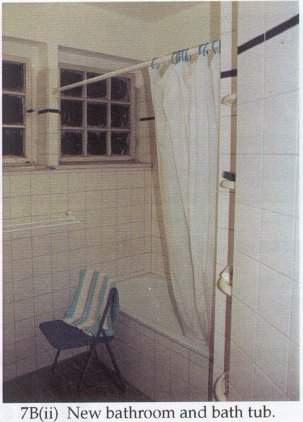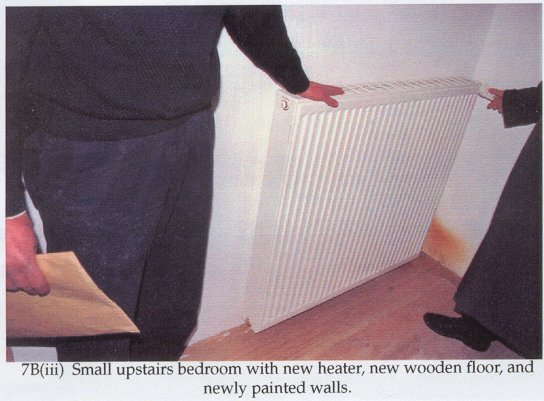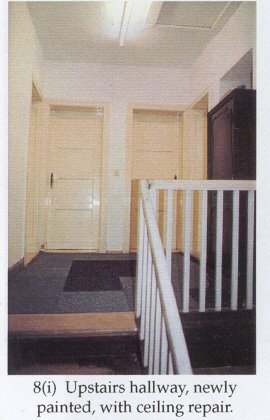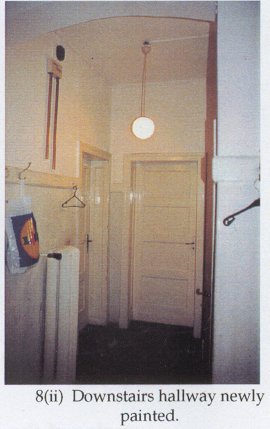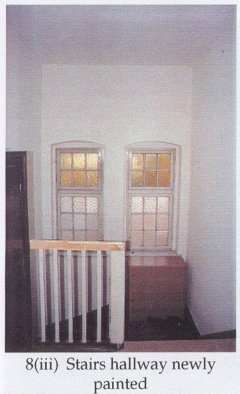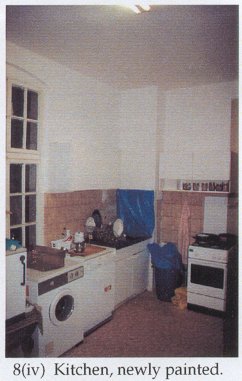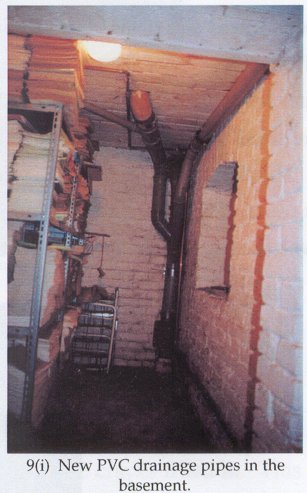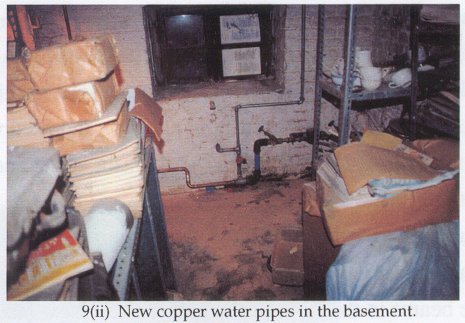presenting Islam as peaceful, tolerant, rational, inspiring
| Home
|
| 1.
Islam |
| 2.
Publications |
| 3.
Activities Reports of renovation work at the Berlin Mosque Phase 1 of Berlin Mosque Renovation |
| 4.
Ahmadiyya Movement |
| 5.
Hazrat Mirza Ghulam Ahmad |
| 6.
Non-English material |
|
Utilities: |
|
The Berlin Mosque and Mission House, located in the Wilmersdorf area, was built in the years 1924-1926 by Maulana Sadr-ud-Din. Funds for the Mosque were raised with great sacrifice by the members of the Lahore Ahmadiyya Jamaat. This included several memorable fund-raising appeals by Maulana Muhammad Ali. The Mosque with its classical Mughal architecture and thirty meter Minarets was a striking and beautiful sight to behold. Initially under Maulana Sadr-ud-Din, and later under Dr. S. M. Abdullah, the Mosque became a center for the propagation of the true Islam in the heart of Europe. The magazine of the Mosque, the Muslimische Review, presented an enlightened and rational picture of Islam to the German-speaking public, and many Germans became Muslims. During World War II, the Mosque and Mission House were badly damaged, and both Minarets were levelled by artillery fire in the closing stages of the War. Subsequently some repairs were made to these structures but they were not sufficient to prevent further damage, and the Minarets were not rebuilt. Deterioration of the Mosque and the Mission House continued to such an extent that there was danger of collapse of the Parapets of the front of the Mosque and the roof of the Mission House. The bricks of the remaining portions of the Minarets had become loose due to frost and plant damage. These falling bricks were a hazard to people passing below. Large chunks of plaster of the outer walls had fallen off, exposing the walls to water and frost damage. The late Head of the Lahore Ahmadiyya Movement, Hazrat Ameer Dr. Saeed Ahmad Khan, had made several appeals for funds for the repair of the Mosque as he was very concerned about the continuing damage to the building. However, the needed amount of approximately two and half million German Marks seemed an impossible target to achieve by the Jamaat members. In 1995, with the encouragement of Dr. Saeed Ahmad Khan and the Board of Directors of the U.S. Jamaat, I went to Berlin in an attempt to raise funds for the repairs from the German Government. In Berlin, I was told by Imam Ch. Saeed Ahmad that it would be impossible to get an appointment with the Monument Department as there was a waiting period of six months due to a large backlog. However, I was convinced that Almighty Allah would help me if I made an effort. The next morning 1 went to the Monument Department without an appointment, where I was told that it was impossible for me to meet the President of the Monument Department in the few days that I was in Berlin. I requested them to give me an appointment the next day as I had come from America and was in Berlin for only a few days. By the Grace of Almighty Allah and the prayers of our late Hazrat Ameer, my pleading had an effect, and I was given an appointment to meet the President of the Monument Department the very next day. The following day I met with the President and four members of his department. In our discussions I explained to them the importance of the Mosque to the City of Berlin and to our Jamaat and the necessity of preserving the Mosque. They agreed in principle to provide funds for the repairs but said that they would pay half of the cost and we should pay the other half. After returning from Berlin I phoned the late Hazrat Ameer and gave him this good news which he was extremely happy to hear.
In January of 1996 I again went to Berlin during Ramadan. Chaudry Saeed, the Imam of the Berlin Mosque, was on leave in Pakistan. I had five days of meeting with the President of the Monument Department, the Cultural office and the Architect chosen by the Monument Department. We had long discussions in which I stressed the fact that we were not a rich Jamaat, and that they should reduce our share of the repair cost to 20% from 50%. They agreed to consider my request. It was a source of great joy and happiness to me to be there in the month of Ramadan. Although it was one of the coldest winters in Europe and there were no proper arrangements to keep the fast, I still managed to keep the fast. I prayed that Almighty Allah would bless my efforts in this Holy Month. On Eid Day, the 18th of February, I received a call from the Monument Department saying that they had approved 250,000 DM and our share would be 50,000 DM, making a total of 300,00 DM. I relayed this good news to our late Hazrat Ameer. I will always remember the joy and happiness in his voice as he thanked Allah Almighty. He said that he was constantly praying for the project and that the Monument Department and the Government would help even more. He entrusted this work to me as a representative of the Central Anjuman. I have tried my best to live up to that trust. In February of 1996, I made another trip to Berlin to sign the contracts. It appeared that the late Hazrat Ameer's prayers had been answered: they had raised their contribution from 250,000 DM to 300,000 DM Our share was left at 50,000 DM which now came to only 13% of the new total. This 350,000 DM was for the first phase of the repairs which would include the following:
The Architectural plans were thoroughly researched and surveyed by the architect. A coloured illustrated book of the History of the Mosque was prepared. This book was meant for distribution among potential donors to raise additional funds for the repair of the Mosque and Mission House.
MinaretThe first structure to be repaired was the North Minaret which is next to the entrance of the Mission House. Plants had sprouted in the crevices of the bricks, loosening them. These bricks used to fall in bad weather and were a danger to people entering the Mission House. (See illustration 3A.) The plants were uprooted and all the crevices were filled with concrete and the loose bricks were secured. A new cap was placed on the top of the Minaret. (See illustration 3B.) The repair of the Mosque and Mission House started in November 1996.
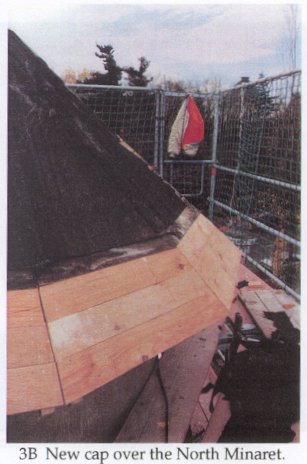
ScaffoldingAn extensive scaffolding with lifts was put in place at the front and side of the Mosque and around the entire Mission House. (See Illustration 4.) The scaffolding around the Mission House had a solid tin roof and plastic sheets on the sides. This would allow work in bad weather as the covered area could be heated in the winter and work could be done in below freezing conditions. The scaffolding company, knowing that restoration work on old buildings is unpredictable because unexpected damage may be discovered, gave the scaffolding on a contract basis for the entire duration of the repair work. This cost was equal to three months rental. The scaffolding remained for one year but the charges did not exceed more that three months rental charge.
Mission House RoofThe condition of the roof was much worse than expected. The beams were rotten and had been seriously weakened by dryrot and water damage. Huge wasp nests were present around the beams. The Architect and the Monument Department were of the opinion that the roof was in imminent danger of collapse. (See Illustration 5A.)
The repair work included replacement of entire segments of beams. A four foot concrete wall was poured along the edges of the roof to anchor the beams. The wall was strengthened by steel brackets in the poured concrete. A new chimney was built and heavy insulation was blown into the attic. The roof was water-proofed with a double layer of waterproofing. (See Illustration 5B.)
New decorative sculptures were fitted under the eaves. Heavy sculptured ornaments each weighing approximately 80 pounds will be placed all around the roof edges. (See Ilustration 5B (v) and (vi).) These will be anchored to the roof edges by stainless steel hooks embedded within the ornaments. These hooks will be placed over stainless steel rods along the roof edges and all the joints will be encased in concrete.
Outside Walls of the Mission HouseLarge areas of the plaster had fallen off, leaving bare bricks exposed to water and frost damage. (See Illustration 6A.) In addition, there were numerous cracks in the plaster. The bare areas were replastered and the cracks filled in. This will provide a waterproof exterior for the building. (See Illustration 6B.)
Interior of the Mission House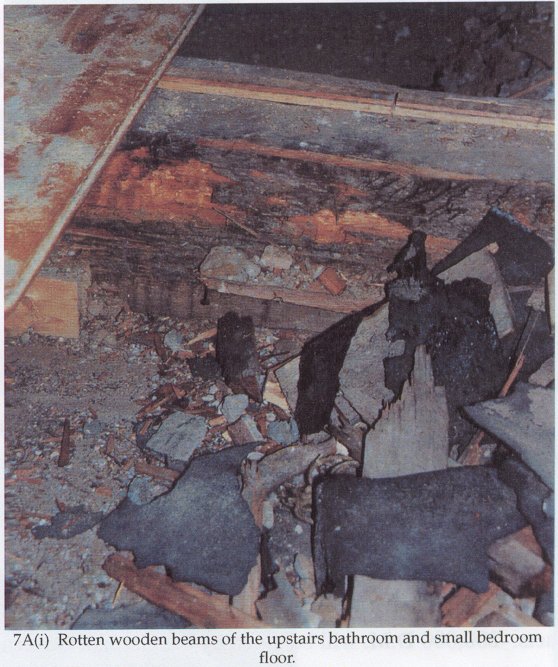
BathroomOriginally, there were two separate half bathroom areas side by side. These were made into a single, spacious modern bathroom with fully tiled floors and tiled walls up to the ceiling. New fixtures (wash basin, toilet and a bathtub) were installed. During the renovation of the bathrooms, it was discovered that extensive water damage with dryrot had occurred to the beams in the floor of the bathrooms. New beams and floors had to be put in. This led to unanticipated expenditures. It was also found that all the pipes were rusted and corroded beyond repair. New copper pipes and a new water heater were installed. (See Illustration 7A & 7B.)Small bedroom adjacent to bathroomThe dryrot had also affected the beams and floors of the room. The beams and the floors were replaced and a new heater was also installed. (See Illustration 7A & 7B.)
CeilingThe ceiling of the large bedroom adjacent to the Imam's bedroom and a portion of the upper hallway was replaced because it had suffered extensive water damage. (See illustration 8.)HallwayBoth the upstairs and downstairs hallways were painted. (See illustration 8.)
KitchenThe entire kitchen was repainted and the new water pipes were installed. (See illustration 8.)BasementDue to the extreme cold in the winter, the pipes in the upstairs small bedroom and the basement had burst. All the pipes in the basement were replaced. The cast iron drainage pipes were replaced with modern PVC pipes. (See Illustration 9.)
Contract for Phase 2The above repairs were included in the First Phase. By the grace of Almighty Allah, funds for the second phase have been granted and I have signed the contracts. DM 200,000 will be given by the German Government and our share will be DM 20,000, which is 10% of the total. The U.S.A. Jamaat will provide the Anjuman's share, most of which consists of personal donations from the U.S.A. Board of Directors.In the Second Phase, the entire North Minaret will be restored to its original height of 30 meters. On December 6th, 1997, Dr. Noman Malik and I visited Berlin to check on the completed work of the First Phase. We met with Mr. Lampeitl, the Architect, Mr. Wendtland of the Monument Department, and Dr. Pintsch, who is an architect and a member of the Pakistan-German Association. Dr. Pintsch had a very high opinion of the work done. He had been in Pakistan a month earlier and had reported to the Central Anjuman, Lahore, on the satisfactory progress of the repair work on the Mosque and Mission House. Members are requested to pray for the success of the repairs. |
